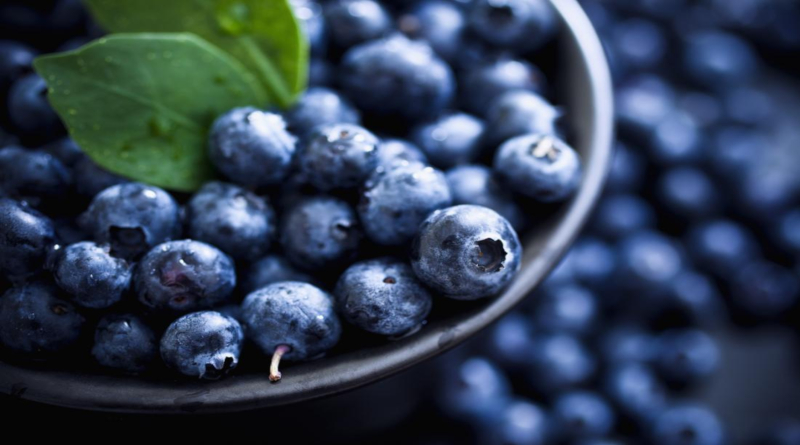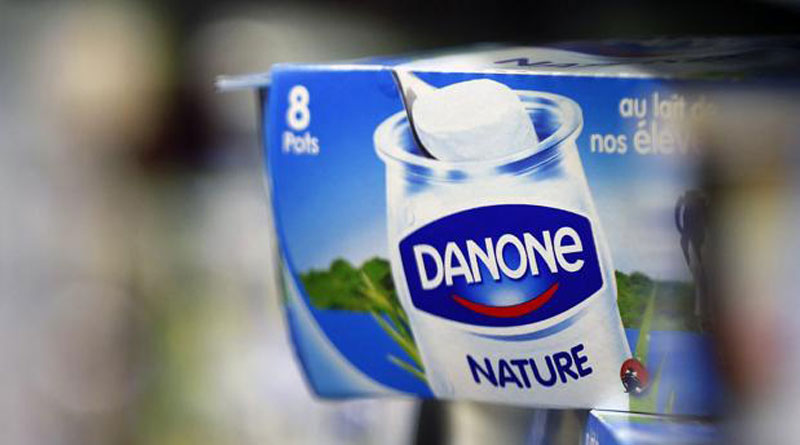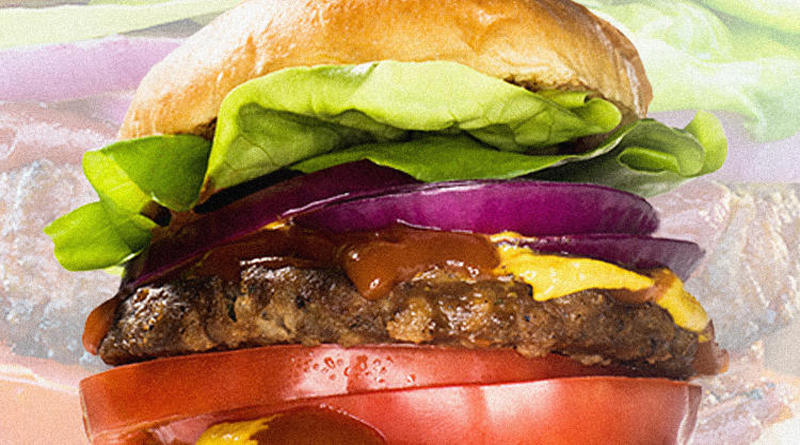A study published in the Journal of Food Science investigates two emerging decontamination technologies for fresh produce—pulsed light (PL) and ultraviolet light (UV), in combination with washing (referred to as water‐assisted PL [WPL] and water‐assisted UV [WUV]). The researchers tested blueberries, grape tomatoes, and iceberg lettuce shreds to represent fresh vegetables and fruits with smooth and rough surfaces.
Using Salmonella as a model microorganism, the researchers inoculated the produce using spot inoculation and dip inoculation to simulate potential contaminations during irrigation, harvest, transportation, and processing. The researchers conducted tests with two intensity levels of PL and UV for one and two minutes.
The researchers found that for all three types of fresh produce, WPL and WUV showed similar Salmonella inactivation effects on fresh produce. For spot‐inoculated fresh produce, WPL and WUV treatments reduced 4.5 to 5.7, 4.4 to 5.4, and 1.9 to 3.1 logs of Salmonella on blueberries, tomatoes, and lettuce shreds, respectively. For dip‐inoculated fresh produce, WPL and WUV treatments reduced 1.8 to 2.3, 1.9 to 2.5, and 1.9 to 2.6 logs of Salmonella on blueberries, tomatoes, and lettuce shreds, respectively. The majority of the WUV and WPL treatments could eliminate Salmonella in the wash water for blueberries and tomatoes, but not for lettuce.
The researchers concluded that the two light systems, pulsed light and UV, showed similar decontamination effect on fresh produce, demonstrating that the UV system could be used to replace the pulsed light system to reduce equipment cost.
Source: IFT









